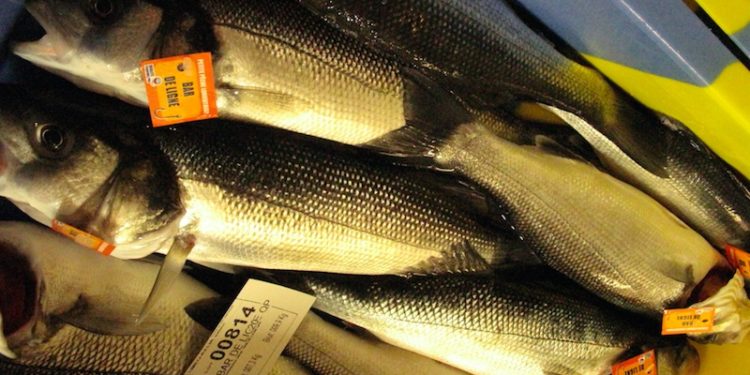Ahead of this year’s December Council, the European Commission has laid out its proposals for 2019 TACs and quotas for Atlantic and North Sea fisheries, which for the first time will come under a full Landings Obligation that enters into force on 1st January 2019.
The European Commission has set out proposals for 89 TACs, of which 62 are either increased or unchanged, while there are proposals for 22 to be reduced and for five of these to be set at zero.
‘Five new by-catch TACs have been introduced for stocks for which scientists advise zero catch in 2019. These low-level TACs are intended to prevent the closure of mixed whitefish fisheries that catch these stocks as unavoidable by-catch in their haul and are subject to a number of conditions, including full catch documentation,’ the Commission states, adding that fifteen more TACs will be proposed at a later stage, while five are delegated to an individual Member State.
According to the European Commission, there are several high-value stocks that are not within the current proposals, which rules out a monetary comparison against 2018, but the Commission estimates that the overall value of the 2018 TACs for the Baltic, North Sea and Atlantic and including accompanying species, was around €5.3 billion, representing €1.4 billion in profits.
Landing Obligation
As of 1st January 2019 the landing obligation will fully apply to all commercial catches.
This is described as a turning point for European fisheries as each and every fish caught will have to be landed and accounted for.
‘Discarding will not be allowed any more. The landing obligation has been enforced in the Baltic Sea since 1st January 2015 and since 1st January 2016 it has been in place for certain demersal species in the North Sea and the Atlantic,’ the Commission states.
‘The calculation of fishing quotas (TACs) for 2019 reflects this change: the previously discarded or unwanted catches are included in the total TAC. From this total TAC figure, a deduction can apply if the fishery concerned benefits from exemptions under a discard plan.
Such exemptions include de minimis exemptions whereby percentages of discards are still allowed because it is very difficult to increase selectivity in the specific fishery, as established by the Scientific, Technical and Economic Committee for Fisheries (STECF) analysis. Another exemption is based on the high survivability rate of certain species incidentally caught.
Chokes
The Commisson states that besides measures to promote increased selectivity, there are a number of tools available to Member States to implement the landing obligation and avoid choking, such as inter-species and inter-area flexibilities or quota swaps. Multiannual management plans are also important as they take into account the specificities of regional fisheries and allow the setting of TACs within ranges.
‘In order to avoid choke situations with major economic consequences, while reducing the fishing pressure on fragile stocks, the Commission has proposed in five cases a combination of zero TACs for targeted fisheries and limited by-catch TACs for the same stocks for 2019.The stocks concerned are cod in West of Scotland and cod in the Celtic Sea and Bay of Biscay/Iberian Waters, whiting in the West of Scotland and in the Irish Sea, and plaice in the southern Celtic Sea and southwest of Ireland. The by-catch TACs are proposed at a low level to reduce the fishing pressure on the stocks and create an incentive to increase selectivity.’
Bass
For northern sea bass, the Commission is proposing a set of measures, expressed in catch limits (not TACs), following the latest scientific advice. The proposed limit is set at 1789 tonnes and higher catches are proposed for hook-and-line fisheries with 7 tonnes/vessel (5 tonnes/vessel in 2018). The Commission is extending the bag limit for recreational fisheries to one fish/day for seven months, while such bag limit was only available for three months in 2018.









